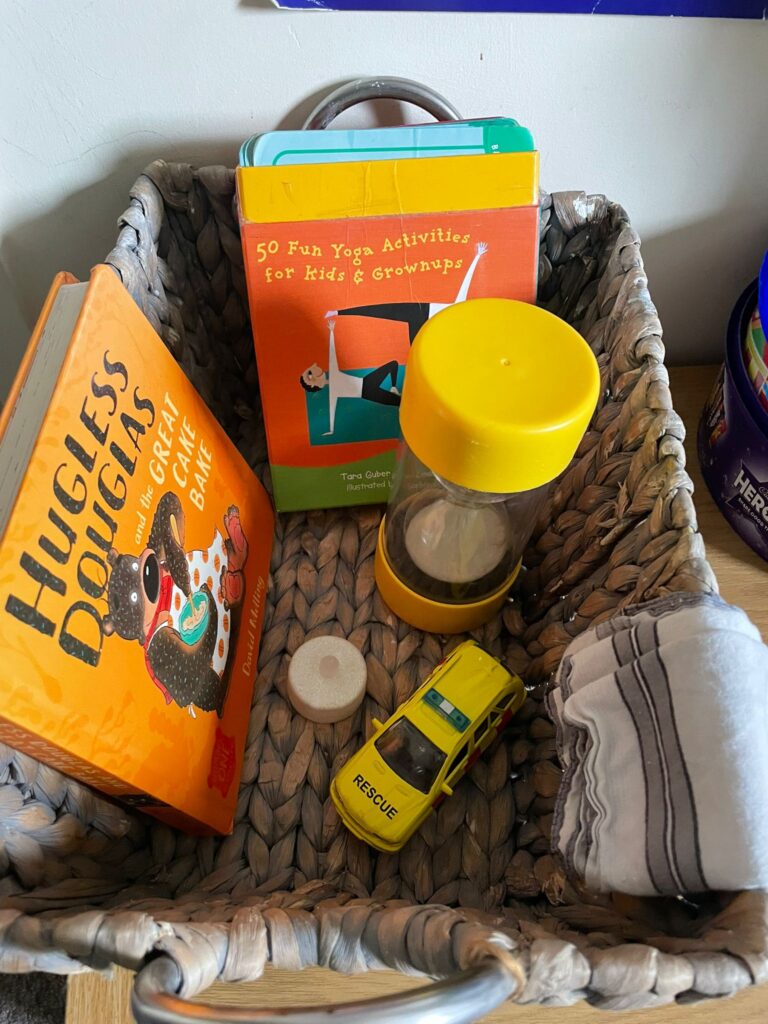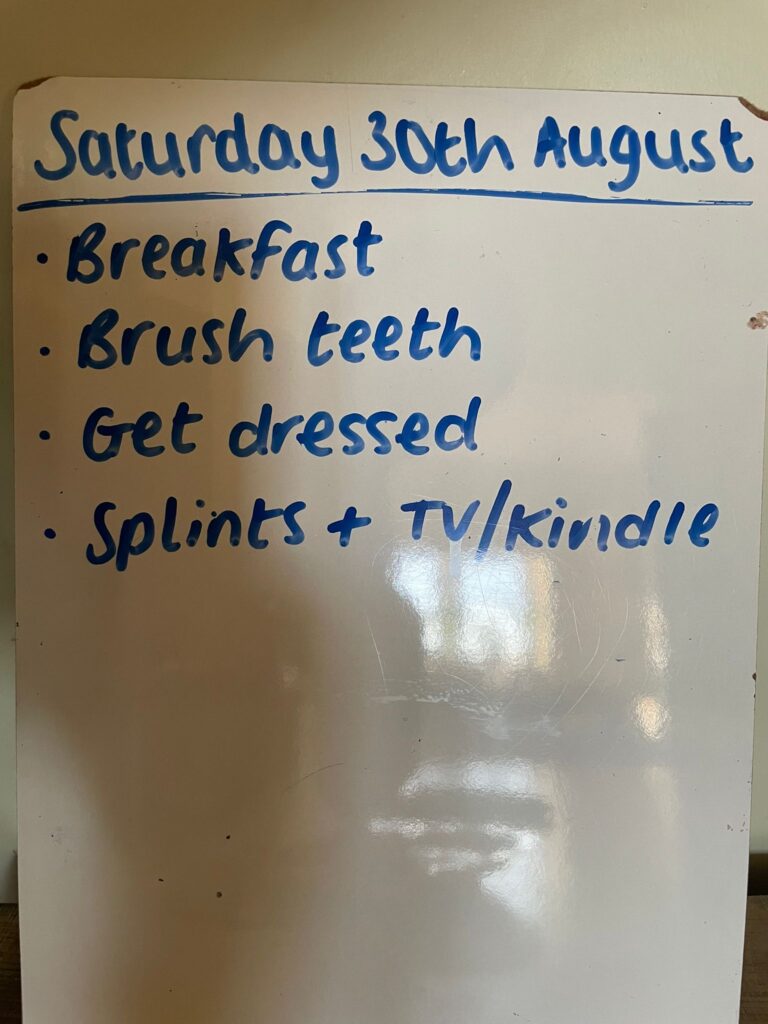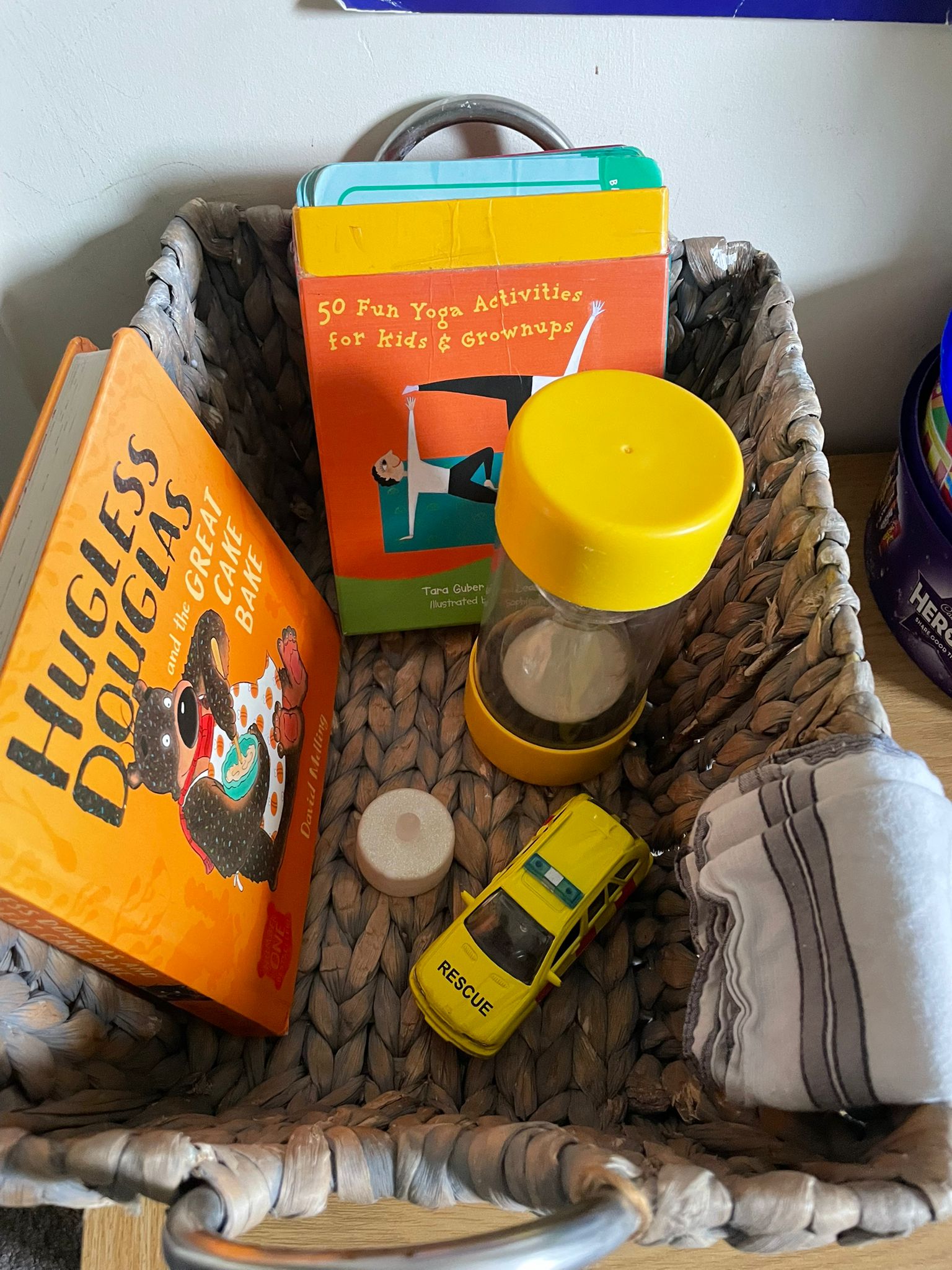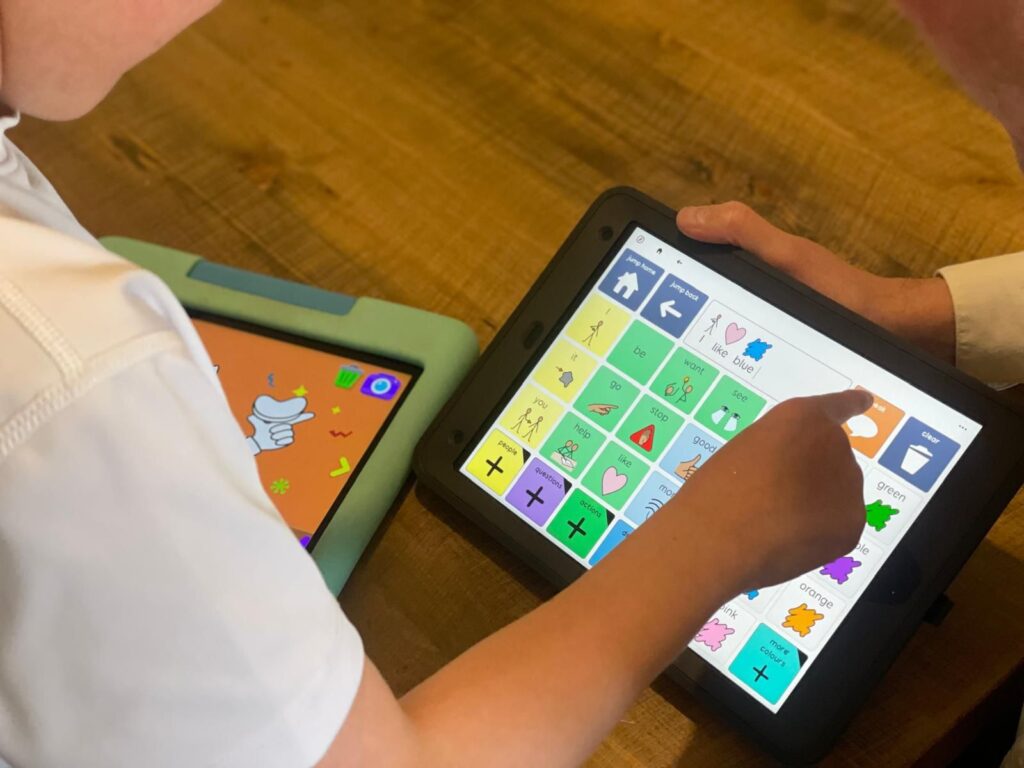Strategies are important, but practice makes them real.
This summer has been a balancing act. For one of our twins, we live with two truths at once. Cerebral palsy means fatigue arrives quickly, while autism brings high energy and a constant need for stimulation. It can feel like his brain and body are pulling in opposite directions.
That tension showed itself on our holiday to Brighton. What should have been family fun brought motorway meltdowns, high stress and moments that did not feel safe. Back at home, the twin dynamic often flared into fighting when emotions spilled into screaming, hitting or spitting.
I’m not saying it was all bad, there were some great times and memories made this summer, but it has also been the most challenging summer so far for behaviour. Our son has been trialling different medications for high muscle tone, and we feel this has added to the difficulties. Having a child with a disability can sometimes feel like a full-time job, with medical appointments, medication and therapy programmes to deliver at home, all on top of everyday family life.
Our son does not use AAC in his daily life, although communication can still be hard for him at times. Often I work with families who are going through the same challenges but also have to learn how to use AAC on top of everything else. I do AAC for a job, and communication has always been a passion, but my hat goes off to any family also navigating that journey on top of everything else.
My wife and I have both used many strategies for supporting behaviour in our professional work, yet this summer has shown how different it feels at home. When behaviour is flaring, medication is changing and everyone is tired, the very tools we would recommend to others can be harder to put into practice. Supporting your own child is never the same as supporting someone else’s. At work you can step back with objectivity. At home love, worry, exhaustion and guilt get tangled up in the process.
What helped most
We planned for some time one evening and created a plan together. We wrote a behaviour plan and, more importantly, stuck to it. Consistency has been the biggest change. The children know what is expected, and that predictability has taken some heat out of the day.
Strategies we used this summer

- Social stories: when screens or games became all-consuming, sometimes leading to accidents, we wrote a social story and made it engaging with pictures and the Pictello app on my iPad. It kept the message clear, memorable and less confrontational.
- Pictello is a visual story app for the iPad. It is straightforward to use, you can personalise with your own photos, and the text is read aloud so a child can access it independently.
- Timers and visuals: a visual timer prompts a toilet try every 10 to 15 minutes when my son is engaged in screen time. A visual clock that ends with a series of bleeps helps him transition from the screen to the toilet without us nagging.
- There are many timers available. It takes some trial and error to find what works for a child.
- Whiteboard timetables and familiar routines: a simple kitchen whiteboard shows what is coming next. Reducing the unknown reduces anxiety. We also use a timetable for the week, showing upcoming days out. For many years we have used symbols in our timetables but we are now using text without symbols.
- If you are starting from scratch, Widgit Online has helpful templates.
- We pop the weekly timetable into a mounted A4 snap frame at child height so it is quick, easy and always visible.
- Turning demands into choices: everyday tasks like brushing teeth or getting dressed can be stressful. We have tried many strategies over the years, but have found they can sometimes cause more frustration. Offering a choice in a playful way has helped us the most. “Do you want to brush your teeth the normal way or the [insert something fun and silly here] way?” . The playfulness gives back a sense of control and defuses the moment.
- Calm spaces: his bedroom is a retreat. In a small box we keep calming activities, a sand timer, favourite book, well-loved yoga cards, a toy car and a battery tea light. We have been teaching him to retreat to his calm space when things get heightened. It is not a punishment for unwanted behaviour, it is a place to reset and return when ready.
- Makaton in crisis: when emotions tip into what we call heightened or wobbly mode, simple Makaton signs alongside speech cut through the noise and help him recognise the feeling.
- Reflection after the storm: once calm, we sit together and ask three questions. What happened? What could we do differently next time? What will we do now? Keeping to three questions makes it doable and builds his awareness of regulation.

Easing the pressure on ourselves
We have also eased the pressure on ourselves. Sometimes the Kindle Fire is a lifeline. We monitor use through the parental app where you can limit time on certain activities, but we have stopped feeling guilty overall about screen time. I need to zone out on my phone or the TV sometimes, so I cannot expect more self-control from the children than I have myself.
If your child has a Kindle Fire, the Amazon Parent Dashboard lets you set times of day for access and limits for apps, videos and books. It is worth exploring.
What this teaches me about AAC and real life
All the training and tools in the world are valuable, but their real worth only shows when you live them in the rhythm of daily life. A social story or timetable on a device is just theory until it is tried, adapted and revisited at home or in school. The same is true for AAC. Success is not in a manual or a grid set alone. It is built in real moments when emotions run high, when routines wobble and when families keep showing up.
What I am taking from this summer is that progress does not come from chasing perfection. Some days are about being good enough. Progress comes from building a toolkit, trying it, adapting it with patience and forgiving ourselves when it does not all go to plan.
“The point of parenting is not to have all the answers before we start out but to figure it out together along the way.”


